Across the southern half of the state, Iowans supported the Union’s efforts at war hospitals and military posts and helped hide runaway slaves on the Underground Railroad.
Take this tour on the go with the Iowa Culture app! Download via the App Store or Google Play.
Iowa & The Civil War: Nothing But Victory Exhibit
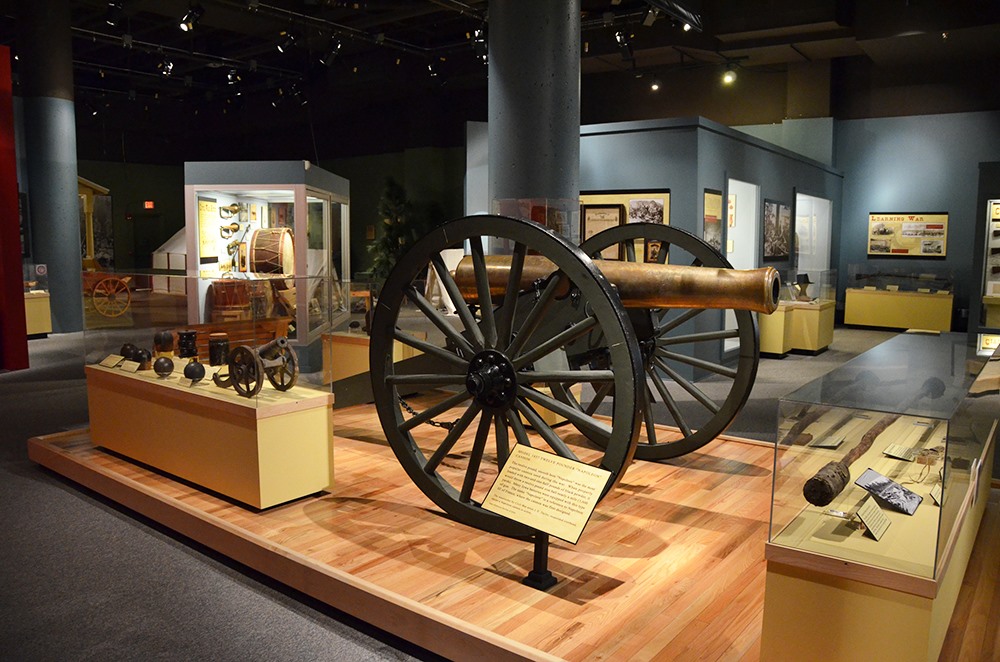
With more than 300 artifacts covering ten thousand square feet of exhibit space at the State Historical Museum in Des Moines, you’ll understand how Civil War era soldiers lived and died. Interact with touch-screen displays and video presentations throughout, bringing this historic era to life for present day learners.
Keokuk National Cemetery
The Keokuk National Cemetery in Keokuk is the final resting place for more than 600 Union soldiers and eight Confederate soldiers. The vast majority of the deceased came from one of the five surrounding Civil War-era Army hospitals. Today, visit the graves of Medal of Honor winners and veterans from all US-involved wars.
General Dodge House
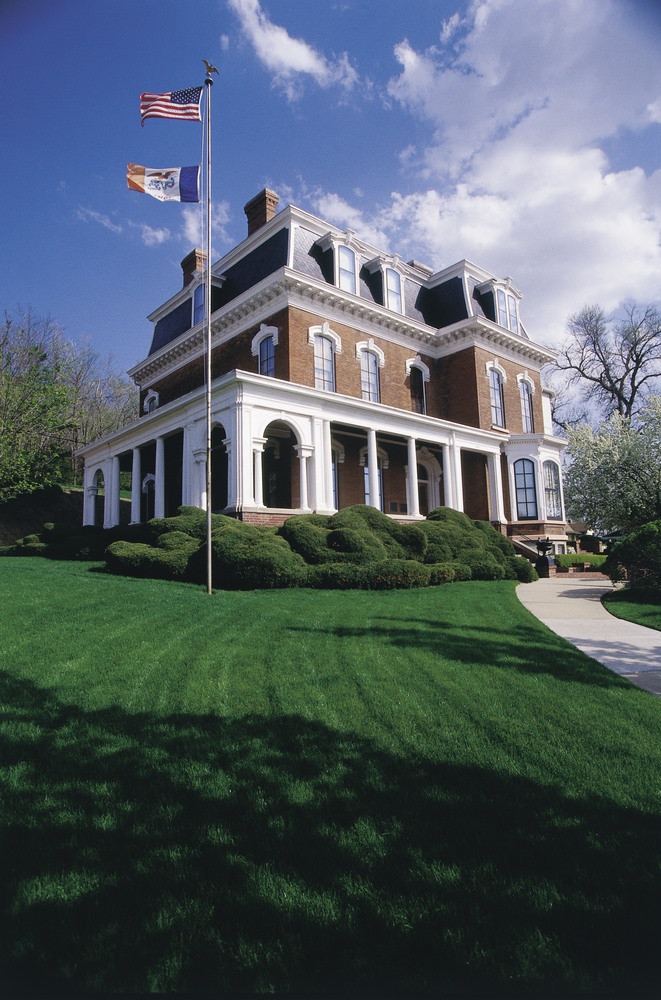
General Grenville Dodge created an extensive and successful spy network for the Union Army. The political relationships he built during the Civil War – including counsel to President Lincoln – set him up to become a significant leader and railroad developer. Dodge built this Victorian mansion in Council Bluffs in 1869 soon after returning home from war.
Tabor Anti-Slavery Historic District & Todd House
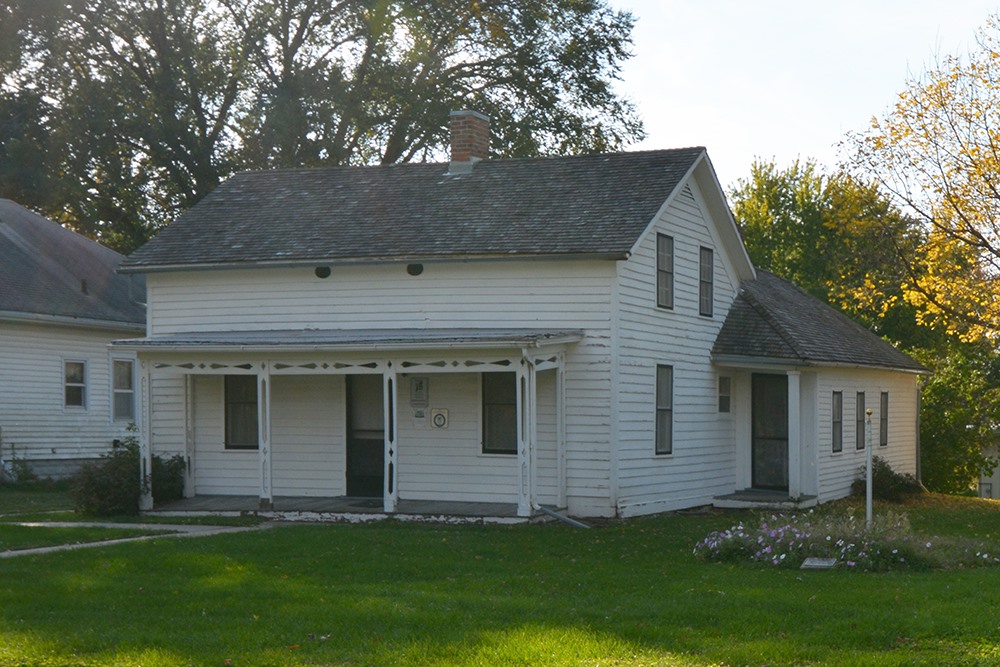
Tabor was one of the most significant communities in the Western anti-slavery movement. The Public Square (now Tabor City Park) functioned as a gathering space to discuss residents’ strong opposition to slavery. Adjacent to the Public Square is the home of community leader and Minister John Todd. Todd’s clapboard home, built in 1853, frequently harbored known abolitionist John Brown and fugitive slaves.
George B. Hitchcock House
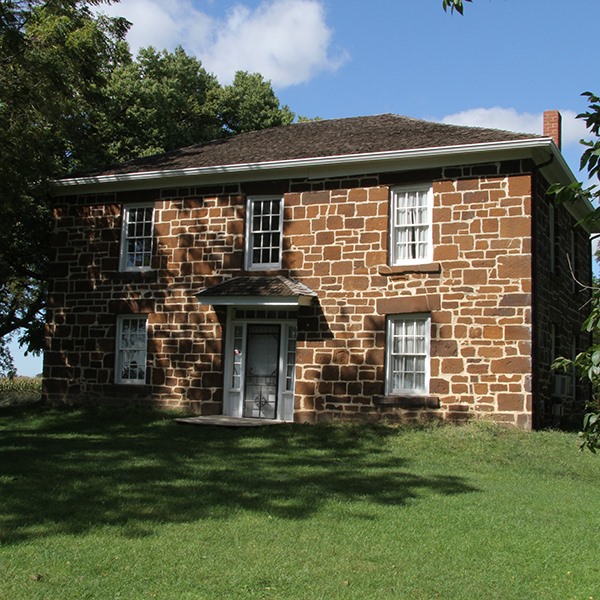
In the basement of the Hitchcock House in Lewis, a station on the Underground Railroad, slaves would hide in a secret room during times of danger. The room was virtually unnoticeable as it sat behind a hinged cupboard. In 2001, the home was recognized as a National Park Service Underground Railroad Network to Freedom Site.
Henderson Lewelling House
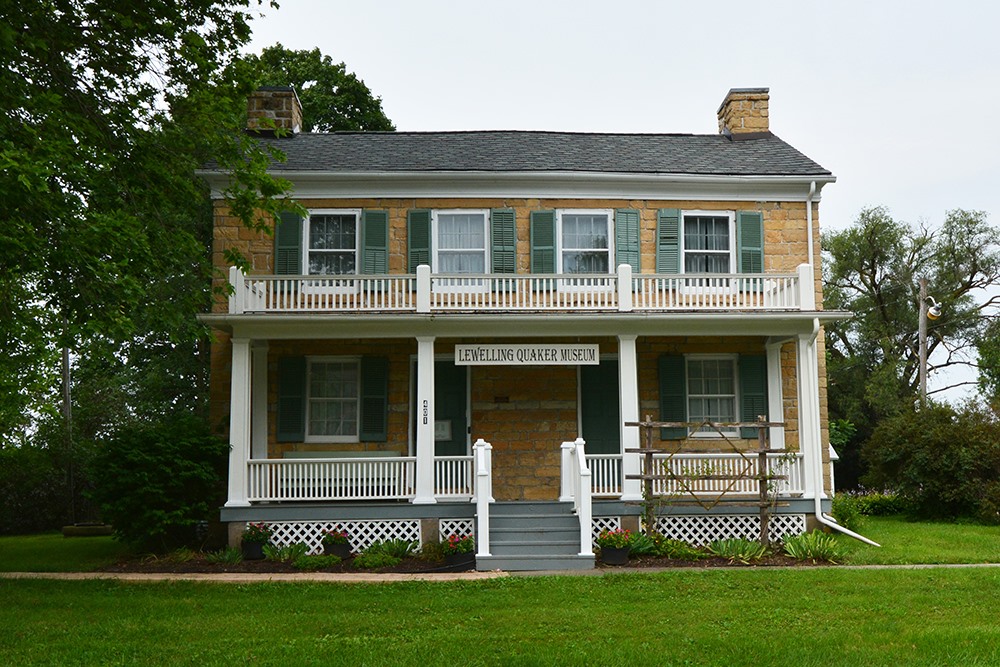
At the Lewelling Quaker Museum in Salem, you can see two hiding places where slaves would hide when in danger. The Henderson Lewelling House was built in the 1840s and was part of the Underground Railroad. You can also see furniture and accessories from the mid-1880s.
Jordan House
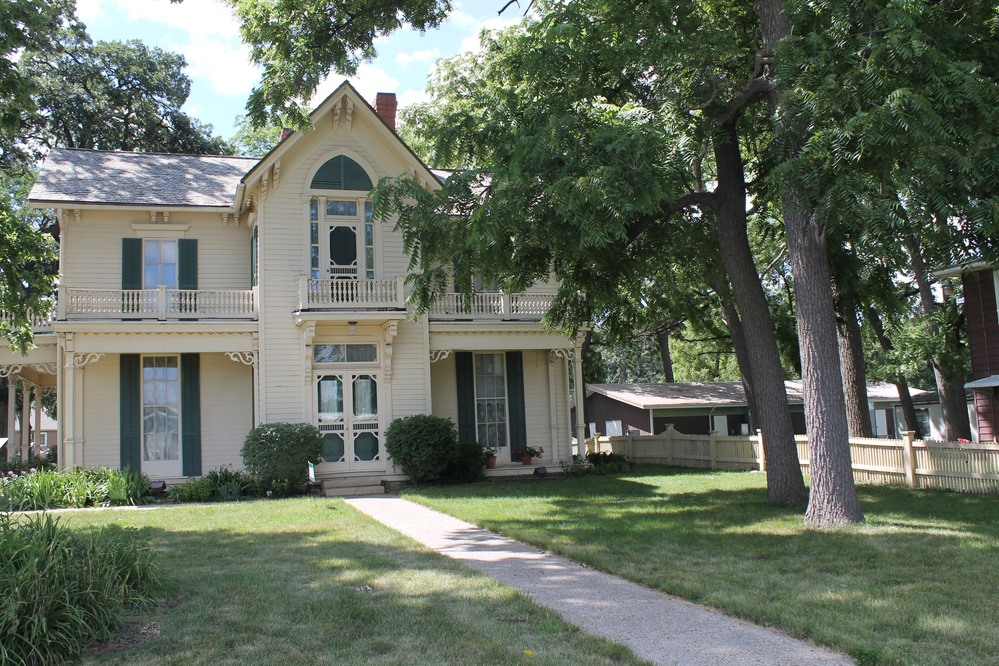
A staunch abolitionist, James Cunningham Jordan has been called the “Chief Conductor” of the Underground Railroad for Polk County. This stately Victorian home in West Des Moines was built in 1850 and now provides a glimpse back into time when the Underground Railroad coursed through Iowa.
Pearson House
While at the Pearson House in Keosauqua, look for the trapdoor in the floor. That’s how slaves on the Underground Railroad entered the hideaway in this 1840s home. The house was a major stop in southeast Iowa for those moving on to Canada.

